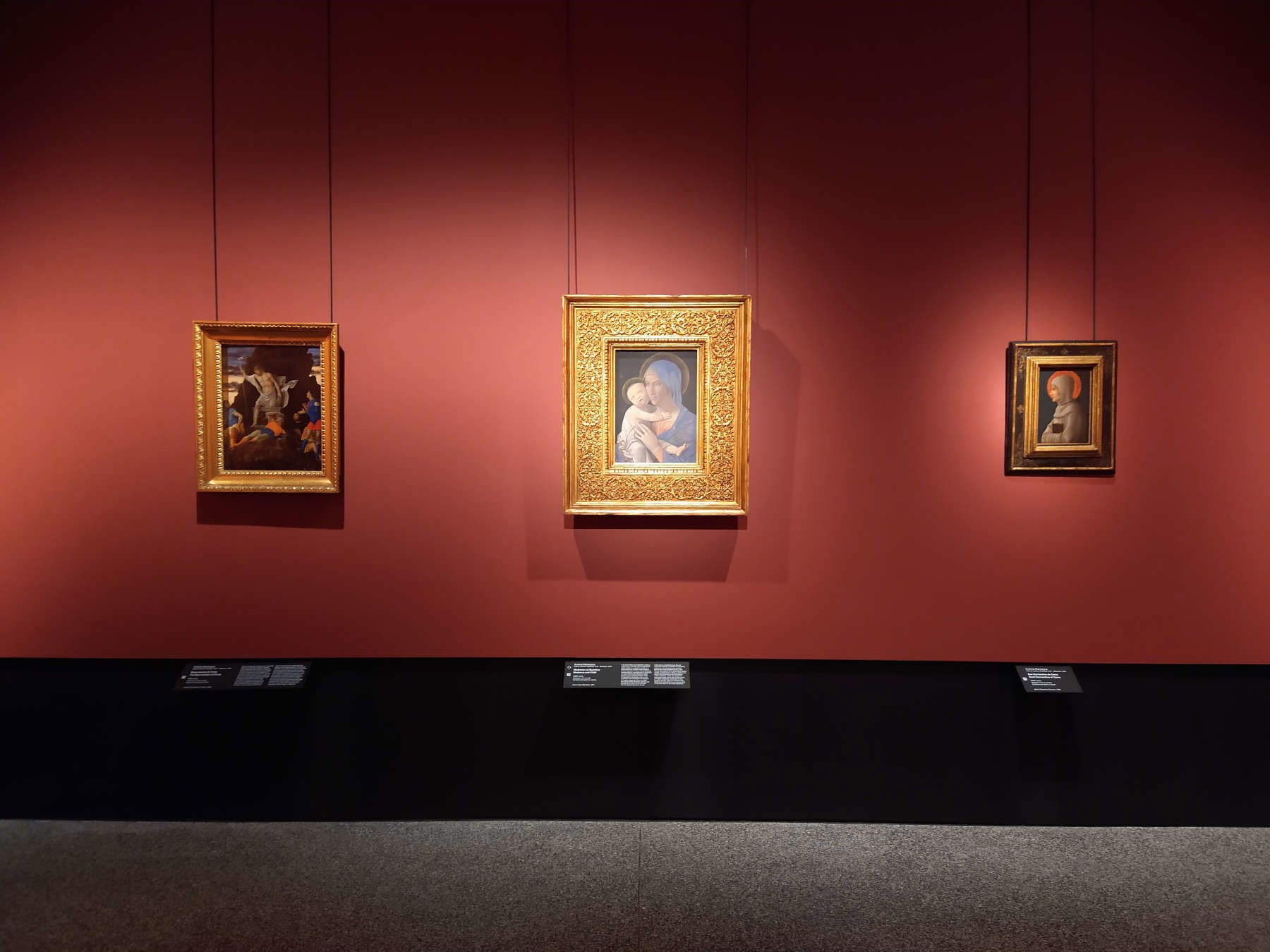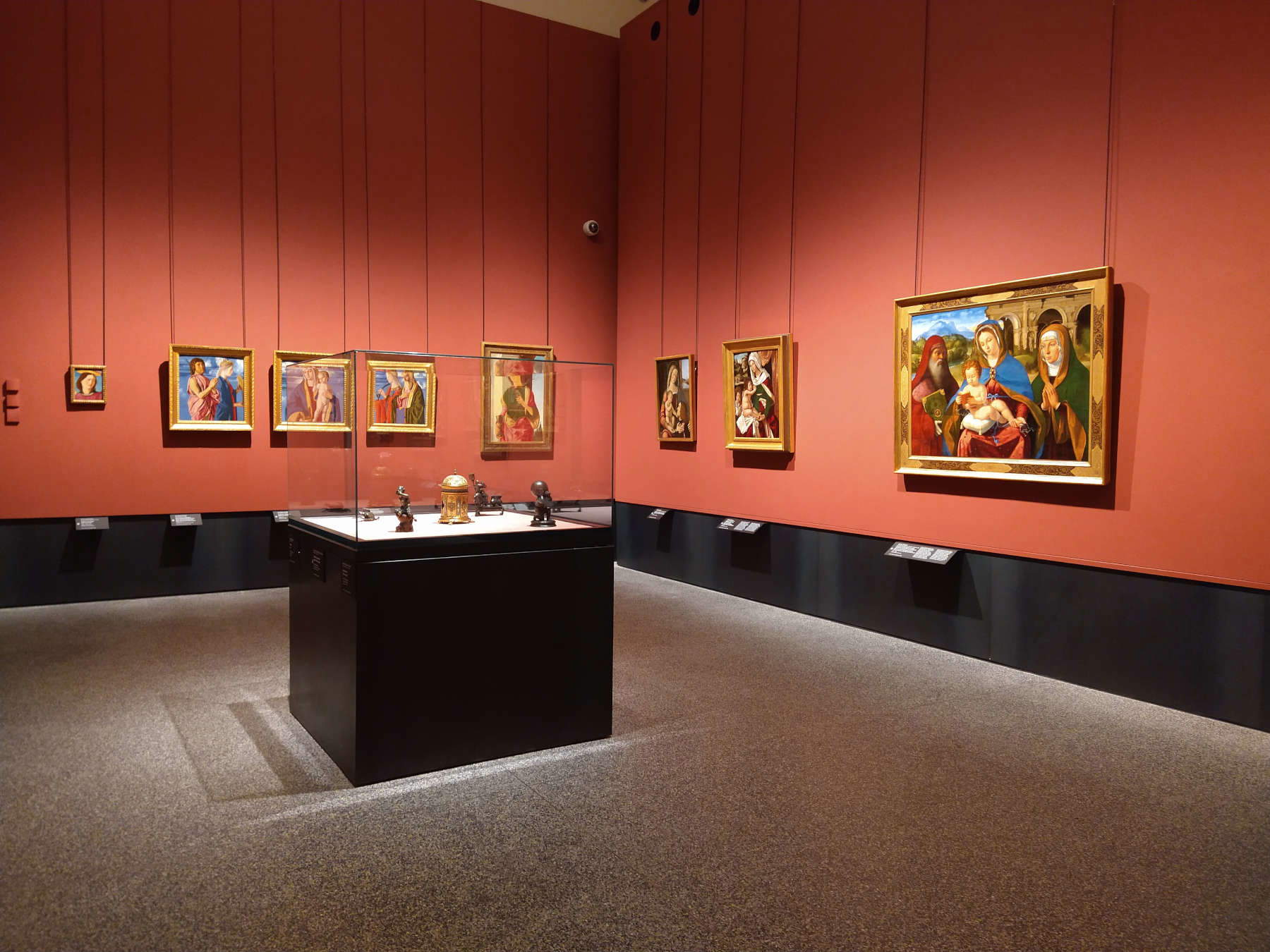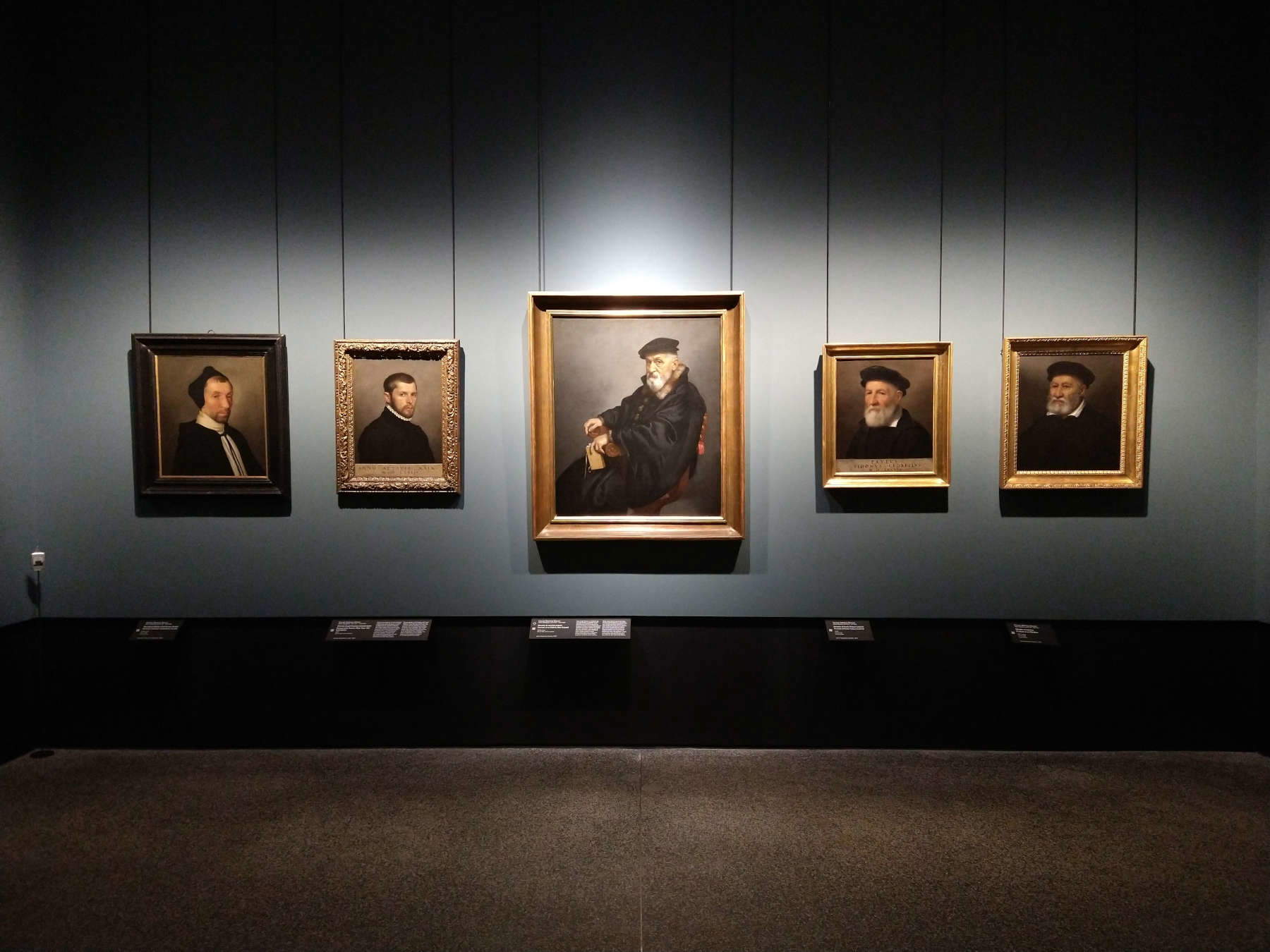Has the Carrara Academy in Bergamo become unmanageable?
Even the most attentive observers of the museum and art world are struggling to follow the events surrounding Bergamo’s Accademia Carrara, an institution founded in 1781 at the behest of Giacomo Carrara, which became a civic museum in 1958 and a public-private foundation in 2015, in recent weeks. Resignation after only 8 months (on November 14) of the director Martina Bagnoli, after a long soap opera in the local newspapers, appointment of the new director Maria Luisa Pacelli (preferred, and here away to other controversies, to the conservator, internal to the Academy, Paolo Plebani), public discussion on the role of the “general manager” Gianpietro Bonaldi - a figure that in this form exists only in Bergamo -, all preceded by a letter, published in Domani on October 7, in which Bagnoli in fact foreshadowed his resignation.
Given that the museum has been closed for years for refitting work, this is the second resignation in a handful of months of opening after that of Emanuela Daffra, director from December 2015 to January 2017. What is happening at the Accademia Carrara?

The institution from 2022 to the present
To try to understand it, and to contextualize the words of the various protagonists that have been read in recent days, we have to go back to 2022, when the figure of the “general manager” was born, destined for Gianpietro Bonaldi, first chief operating officer (and even before that candidate for mayor for the center-right, in 2011).
It comes with a package of changes to the foundation’s bylaws, which we had discussed here. Package that included the elimination of the “committee of guarantors,” which had the task of controlling the board of directors, and other smaller changes such as precisely the introduction of a “general manager” to work alongside the museum director. The debate at the city council had been intense, with several critical comments from the opposition.
From that moment on, the Accademia Carrara, which already constituted a rarity in structure among participatory foundations that manage public cultural institutions in Italy, became even more unique: the mayor is the president but the majority of the board of directors is composed of representatives from private companies and entities (Humanitas Gavazzeni, Metano Nord, Alfaparf Group, Confartigianato Imprese Bergamo, PwC). For this very reason, a “committee of guarantors” had been created in 2015 to monitor its work. With the dissolution of the board of guarantors (which, among other things, had the possibility of dissolving the foundation), and the possibility for the BoD to choose for itself the criteria by which one can become a partner of the foundation (and thus express a member of the BoD) the work of the Carrara management, I wrote then, “will become less controlled” by the public side, which expresses the president as the owner of the building and the collections (donated to the City of Bergamo).
At the time, Mayor Giorgio Gori assured, to justify the change in statute, that “the public and private sides have never come into conflict and choices have always been made unanimously.” In a few months, and this conflict became apparent. The “general manager,” a position intended for Bonaldi himself (he took it on Jan. 1, 2023), with the strength of a board of directors representing the interests of private funders and a non-museum background, created an overlap of responsibilities with the director. “Here the director’s position is subordinate, because everything related to decision-making powers (human resources, financial resources, communication, and more) is in the hands of another person,” the resigning Bagnoli explained, all too explicitly, to the Art Newspaper on Nov. 19.


The “pre resignation” letter
Bagnoli, at the time he accepted the post (in May 2023), was probably unclear about this incipient conflict. In his Oct. 7 letter to Domani-which turned out to be a farewell, albeit without ever referring to the Carrara Academy-he noted how only in Italy alone is museum leadership often given to people who have no museum or art historical expertise, drawing comparisons with museums in countries such as the US. People who, for Bagnoli, have “no understanding of the difficult balance between reputation and marketing.” “Choosing apex figures from different worlds with imaginative curricula does not solve any problem nor does it make the accounts balance,” Bagnoli wrote. This was something of an epiphany for an art historian who had come from four years as director of the Estensi Galleries: an autonomous institution under public law, grouping several state museums, in which she held the role of director with both administrative and scientific duties. Bagnoli refers in her writing to all Italian museums, but that there is a connection to the experience she was going through is evident.
On Monday, Oct. 18, at the city council meeting, Mayor Carnevali, who has been in office since 2023, pressed by the center-right opposition, explained that the Carrara structure “for seven years has never created difficulties, on the contrary, we record its positive value. We will not stop paying attention to Carrara in order to evaluate the effectiveness of this model as well.” But after the 2022 reforms, control is much more complex, as Carnevali also admitted to BergamoNews, explaining why, in the urgency, the choice was made not to proceed with a new call but to draw from the “trio” of names selected together with Bagnoli in the old call. “The private nature of the Foundation allowed a return to the people selected in 2023, a questionable choice that by virtue of the Statute cannot be challenged. These are names that have already undergone public selection and a highly specialized committee, but I do not deny that we have assumed a strong political responsibility despite the fact that the areas of expertise published in the call for proposals and signed by the contracts have always been maintained.”
Beyond the party game (the center-right, now in opposition, had supported the creation of the foundation prior to 2014), it seems clear that a situation of fracture and the need to navigate by sight has arisen, in which different actors, by statute, have the legitimacy to place claims and limits. The Carrara Academy counted 130,000 visitors in 2023, a rather low number for a museum of that (very high) level. To the new director Maria Luisa Pacelli, who also comes from an autonomous public museum (the Pinacoteca Nazionale in Bologna), the arduous coexistence.
Warning: the translation into English of the original Italian article was created using automatic tools. We undertake to review all articles, but we do not guarantee the total absence of inaccuracies in the translation due to the program. You can find the original by clicking on the ITA button. If you find any mistake,please contact us.



























